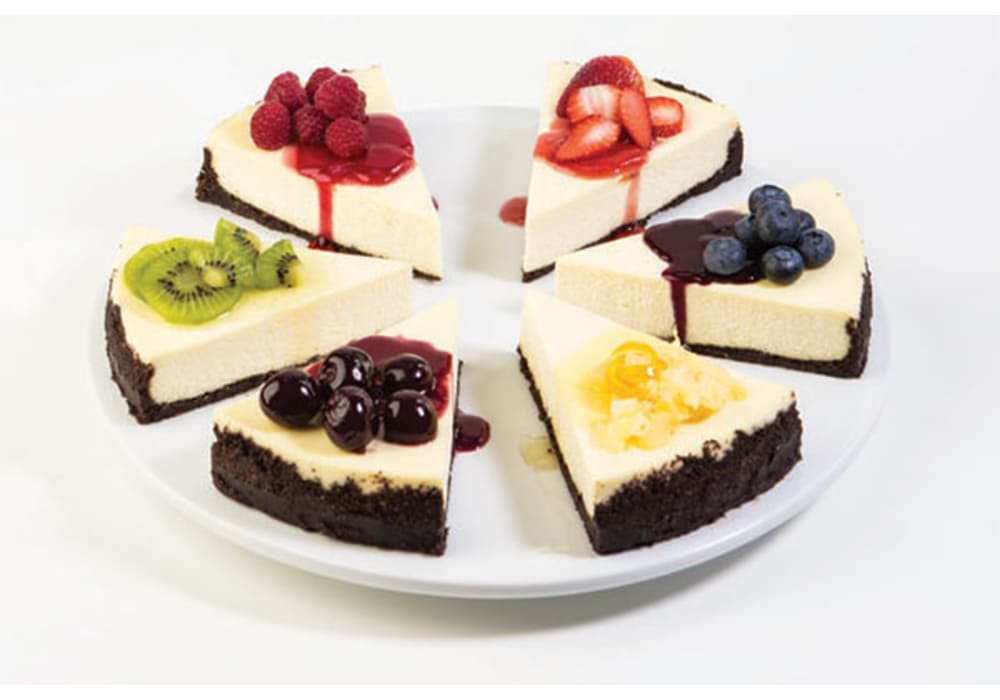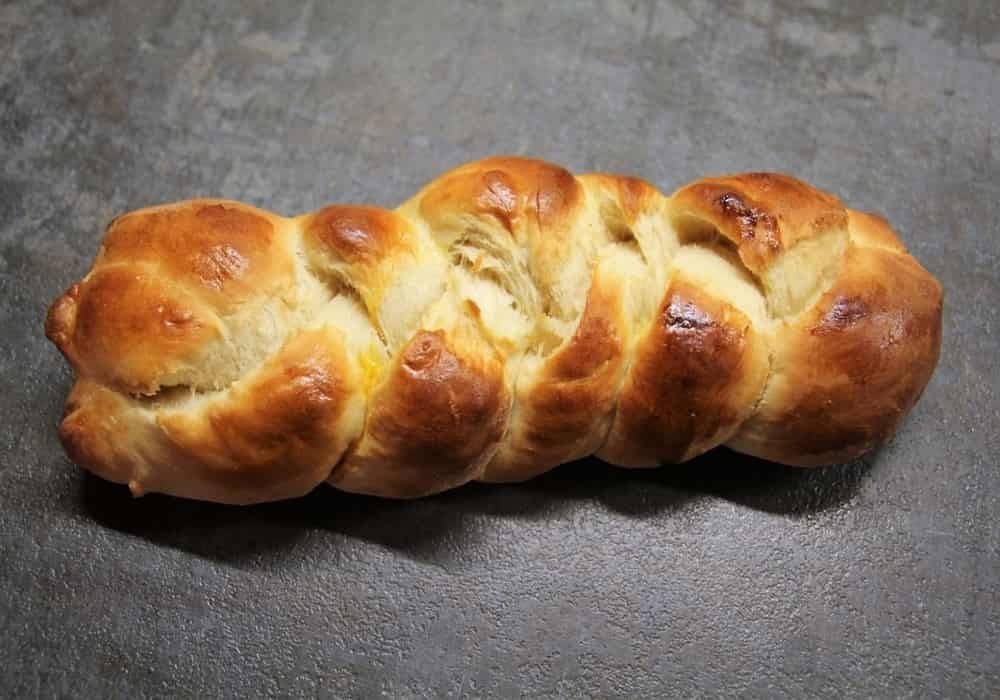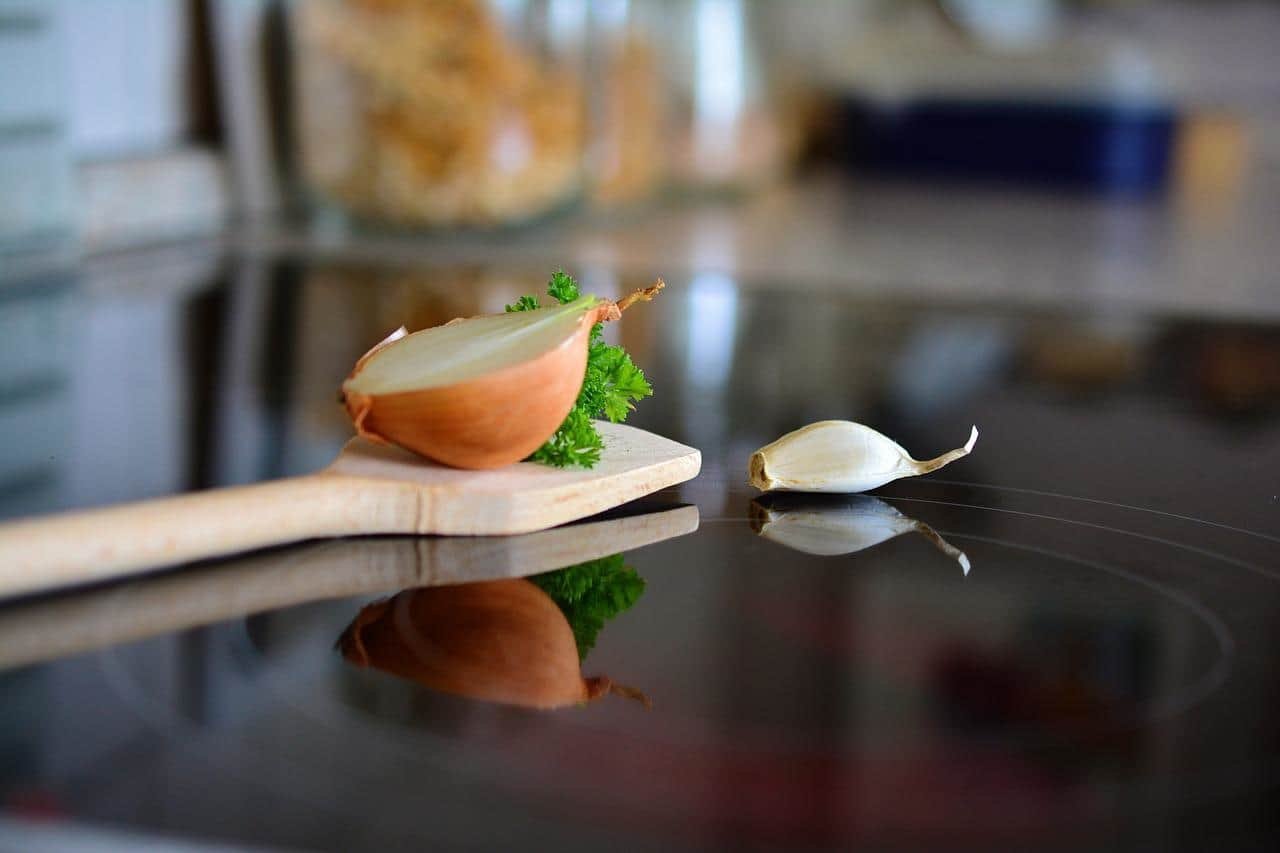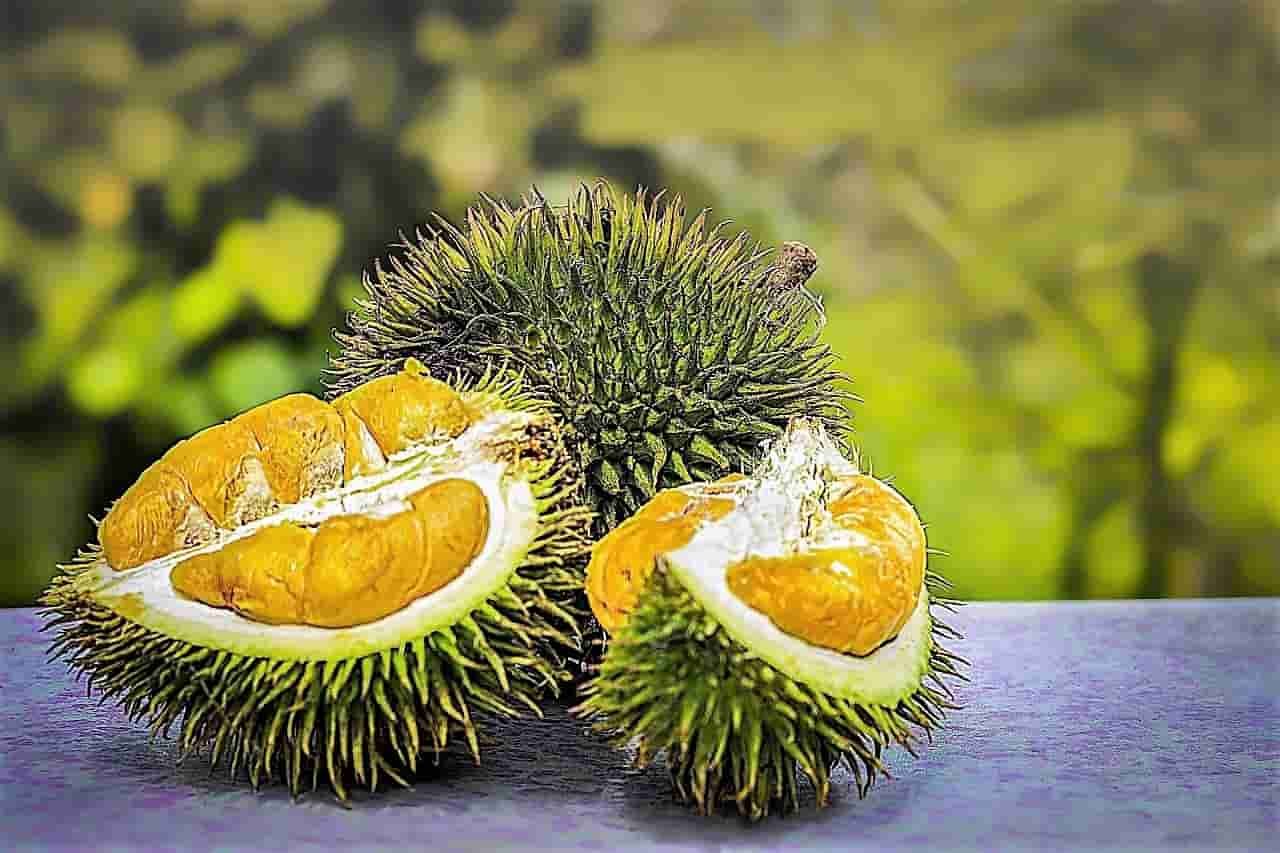Gluten Free Diet Explanation
A gluten free diet is a diet that excludes foods based on gluten, which is a protein compound found in many grains such as wheat, barley or rye.
The gluten-free diet is usually motivated by medical conditions like celiac disease (gluten intolerance) or even in some cases wheat allergy. For people diagnosed with gluten intolerance, a strictly gluten-free diet is the only effective treatment to date.
Whether you are proven to be gluten intolerant or simply want to reduce your consumption, changing your diet is never easy, especially as gluten is lurking everywhere in our food. Good news: fresh fruits and vegetables don’t contain it!
Scientific debates are underway around research concerning a possible sensitivity to non-celiac gluten. Some believe that eating gluten-free would be better for the health of the general population, but current scientific studies do not support such a claim.
Which foods do not contain gluten?
– Rice, quinoa, buckwheat and corn can replace cereals that contain gluten (wheat, oats, etc.). We use their flour and semolina to make bread, cookies and pasta.
– Oil, butter, sugar, honey and jam are gluten free.
What can you eat on a gluten free diet?
100% gluten-free foods:
– Fresh fruits (but also in compote or juice) and fresh vegetables, not cooked, bought raw.
– Potatoes, sweet potatoes and yams do not contain gluten and are a good alternative to pasta.
– Raw meat and fish are gluten-free, but beware of breaded preparations, in sauce, marinated, etc., which generally contain it.
– Basic dairy products are also safe: yogurt, cottage cheese, milk, traditional mature cheeses (Camembert, Comté, etc.). On the other hand, processed cheese spreads and desserts often contain gluten.
– Rice, quinoa, buckwheat and corn can replace cereals that contain gluten (wheat, oats, etc.). We use their flour and semolina to make bread, cookies and pasta.
– Oil, butter, sugar, honey and jam are gluten free
Read also ? Whole Grain | Varieties and Health benefits effects
What is gluten intolerance?
Gluten is a protein found in certain cereals, the consumption of which can lead to an allergic-type reaction. The body will produce antibodies in an anarchic fashion which gradually damage the intestinal lining. Digestive disorders, anemia and chronic fatigue, as well as growth retardation in children are the major symptoms of gluten intolerance. But the signs are sometimes nonspecific and discreet (abdominal pain, asthenia, joint or muscle pain, etc.): intolerance is then difficult to diagnose.
What foods should you avoid?
Gluten is found in wheat, spelled (old kind of wheat with bearded ears and spikelets that each contain two narrow grains, not widely grown but favored as a health food), oats, rye and barley. All their derivatives also contain it: flour, pasta, cookies, etc.
While it may seem simple to stop eating pasta and bread, tracking down gluten in processed foods is more complex. Gluten is used as an additive in most processed products: soy sauce, ready-to-use industrial sauces, cold meats or sweets.
To reduce or completely eliminate gluten from your diet, your choices must therefore be directed towards raw foods (fruits, vegetables, meat, fish, dairy products, etc.) that you will cook yourself, in order to control their composition.
Foods to watch out for
– Sauces, cooking aids and condiments: it is important to read the label of mustard, baking powder, spices or powdered sauce bases (such as veal stock, bouillon cubes, etc.).
– Prepared meals: frozen cream molds may contain wheat flour as a binder – while the traditional homemade recipe does not necessarily require it.
– Certain sweet products (chocolate, candies) may also contain wheat derivatives.
Can the gluten free diet lead to deficiencies?
Gluten is not essential for health, so it can be eliminated from the diet without major consequences. The important thing is to globally balance the diet of aromatic herbs by compensating for the reduction or elimination of the consumption of traditional bread and pasta by the consumption of gluten-free products (bread and pasta made from rice, corn) and starches. allowed: potato, sweet potato, rice, polenta, etc.
To avoid dietary imbalances, you shouldn’t just stop eating foods that contain them. They should also be substituted with equivalent gluten-free foods, just like a person with celiac disease.
Here are some tips: consume whole products rather than refined ones, prefer raw products and natural cooking, and gentle cooking, to maintain a good richness in fiber, vitamins and minerals in the food you eat. Replace industrial products whose ingredients you have no control over and which may contain hidden gluten, with homemade, gluten-free products that will provide you with all the nutrients, vitamins and minerals you need.
As much as this diet is suitable for people who are genuinely intolerant to gluten, it should be followed with caution by people following a “free diet” looking for simple digestive comfort. In any case, this is what doctors and nutritionists advise. Since refined gluten-free foods are poor in essential vitamins and minerals, it is necessary to think about rebalancing the diet and compensating for these shortages with vitamin and mineral supplements, as do people with celiac disease.
How to flavor your dishes for your gluten free diet?
Garlic, onion, shallot and fresh herbs are gluten-free – get in the habit of always having some at home to enhance the taste of your dishes. Practical side: rinse, wring out, chop and freeze chives, parsley and cilantro in sachets to save time!
Sources: National Center for Biotechnology Information (NCBI), Harvard
Photo source: Simply Gluten Free
Photo explanations: Gluten-Free New York-Style Cheesecake



